Lately, I have been getting a lot of customers coming in asking me about urethane bowling balls, and if they’re right for them and how they intend to use them. And I 100% know and understand why; in today’s game, it is pretty rare to watch a telecast without seeing someone throwing a urethane ball. But, while they work well for some of the pros on the conditions that they’re bowling on, on tour, it doesn’t mean it is going to roll well for you on your league conditions necessarily.
Let’s address the biggest misnomer first: urethane balls are NOT intended to be used on what most league bowlers consider “dry” lanes.
Are urethane balls controllable? Absolutely. Do they hook a bunch down lane? Absolutely not. Both of these are true.
Given that, I understand where the misnomer comes from, but, nonetheless, it remains a misnomer.
Urethane balls roll very, very early. That is what makes them so smooth and so controllable down lane. Therefore, they actually need some volume in the front part of the lane to be effective. Are there exceptions to this? Sure, but we’re not going to address those right now. Right now, we’re just going to go over the basics of urethane, and, like I said, they need oil in the front of the lane.
So why isn’t this good for your drier league conditions? Well, it is simple; when patterns break down, they break down front-to-back, meaning that the front of the lane, which, remember, is where urethane needs oil, is the first part of the lane to go.
Therefore, when you’re bowling in league, and the lanes are getting drier and drier, that typically means the fronts are hooking more and more. Which means less oil in the front. Which, of course, means urethane is, for the sake of this article, out of play.
So what is urethane good for, you ask? Urethane is, first off, obviously good on shorter patterns. Typically, your shorter patterns have a little more volume and a little more oil in the front part of the lane, which helps with the usability of urethane. Furthermore, short patterns are, by definition, short, which means the back end of the lane is, essentially, longer. Therefore, the back part of the lane typically hooks more, as there is more friction there. Which is perfect for a ball that is slow and controllable downlane.
Today, though, you’re starting to see urethane used on more and more patterns, and this is for a number of reasons, but here are a few:
1) These guys rev rates are high. And I mean extremely high, so that is obviously one gigantic factor that comes into play here.
2) Patterns are getting flatter and flatter, it seems, and these balls help, as I have already said, control the back part of the lane, which, on the fresh, is incredibly sensitive and hard to control. So these balls help the players to stay on top of the pattern and control downlane motion.
3) They’re working. That is a pretty simple, straight forward answer, no? Virtually every company offers one, and the staffers are taking advantage of them and having success with them. Why fix what isn’t broken?
These are just some of the reasons urethane is so prevalent in today’s game. And there is absolutely no questioning whether or not they’re a valuable tool going forward. Urethane is absolutely, in my mind, a must in every good tournament player’s bag.
But all of that being said, if you don’t know how to use urethane or when to use it, the balls can look pretty bad; it is very easy to underperform with a urethane ball if you don’t understand the purposes it serves. So please, before you purchase these balls, talk to your PSO, do some research, and understand when it is and isn’t beneficial to use urethane in competition.










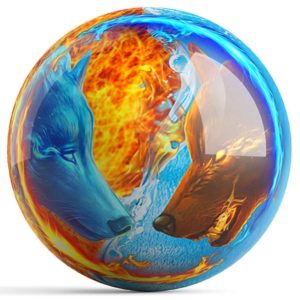


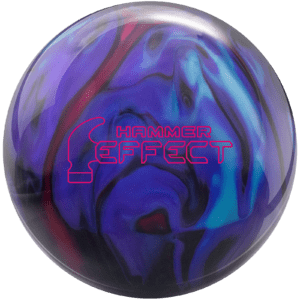







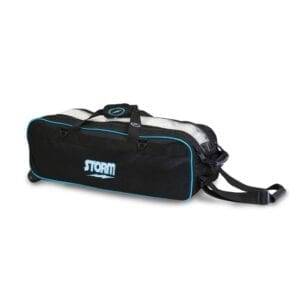
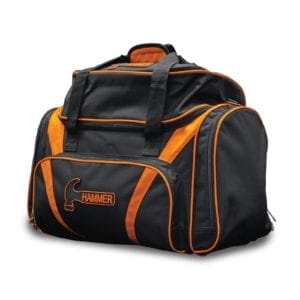

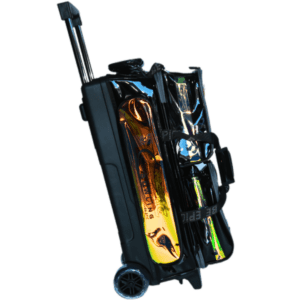














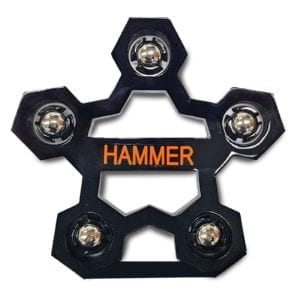


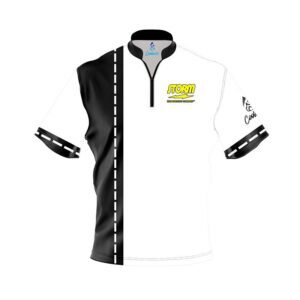



















I remember when urethane “hooked like crazy.” The first time I threw one I could not believe the swing area and carry I had. That was in the days of wood, and less oil (and very little carry down). We also threw the ball slower, I remember an article in Bowlers Journal entitled “Speed Kills” (meaning you lose carry when you throw hard). Mark Roth was the first bowler I ever saw who could throw hard and carry (with a plastic ball none-the-less). Urethane and later reactive urethane changed the game forever.